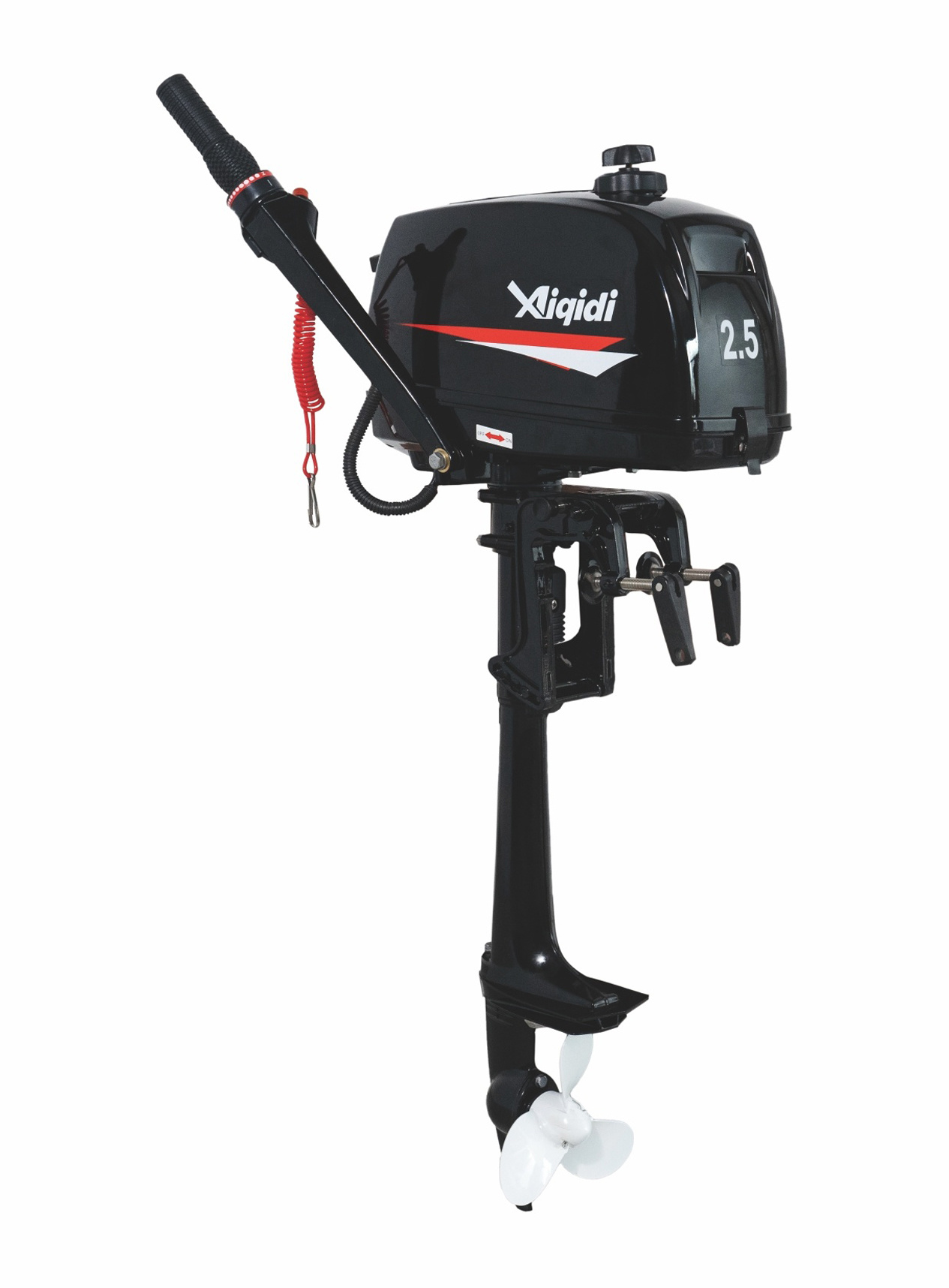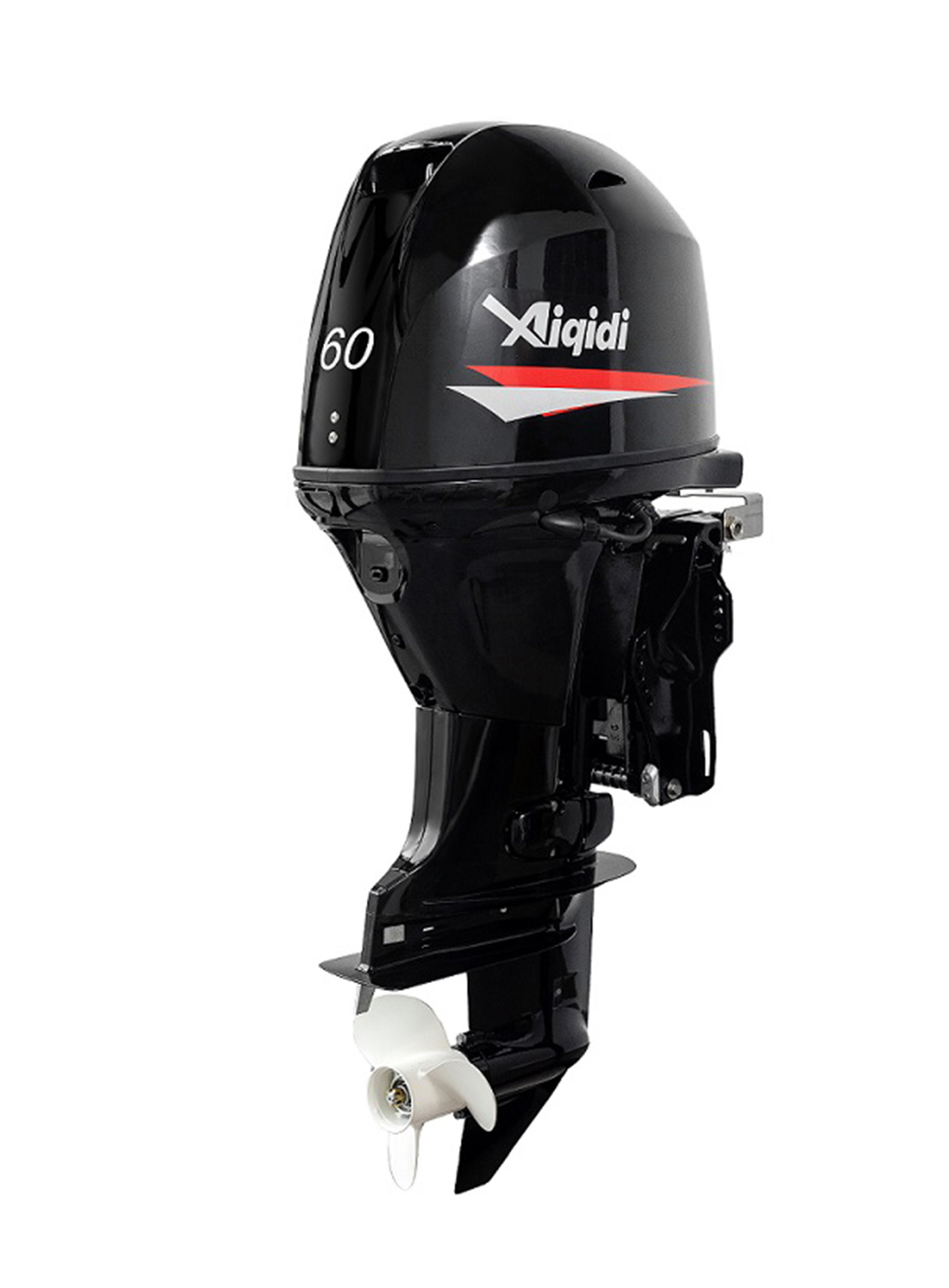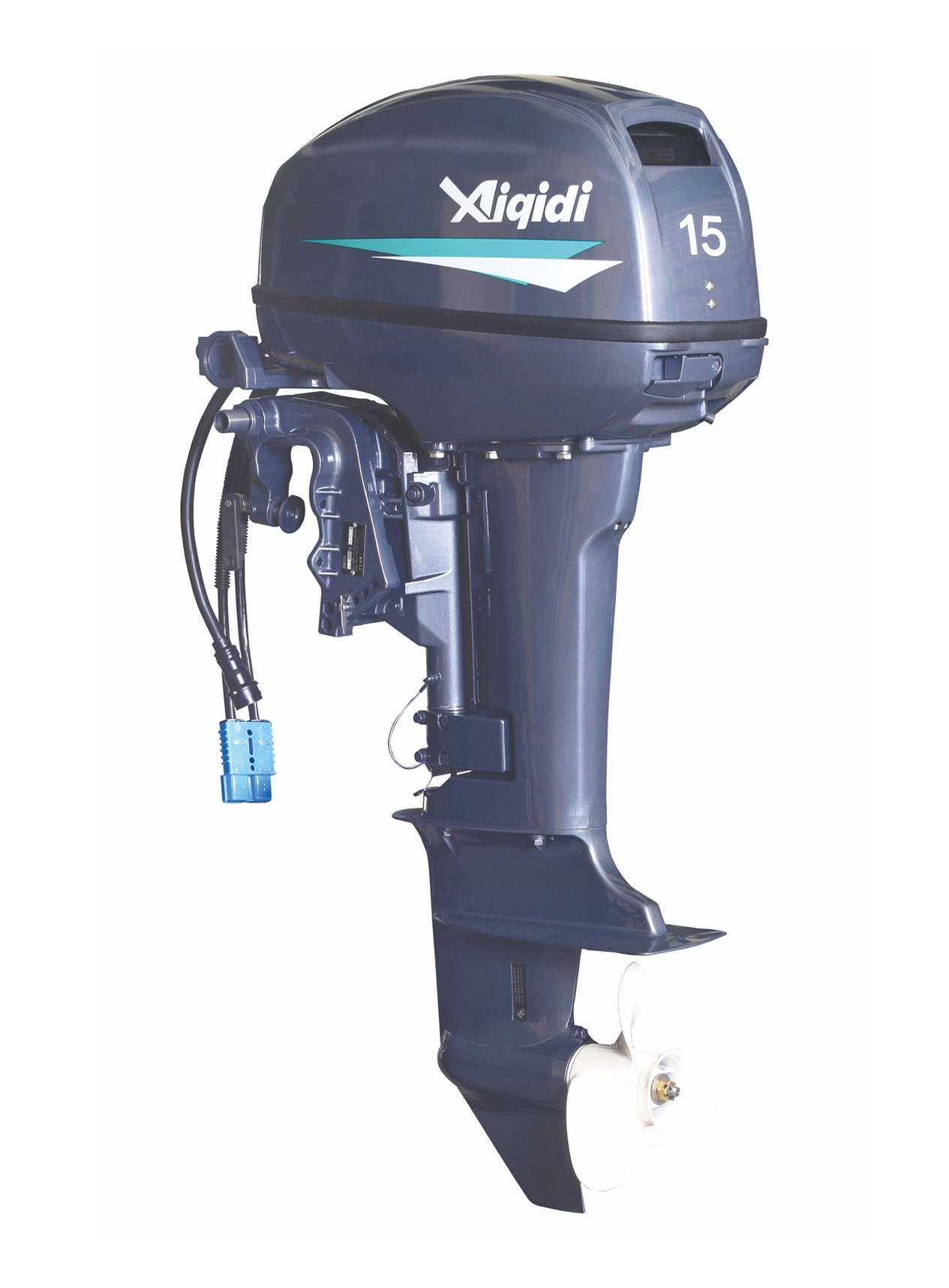What is EFI System?
Release Time:
2024-02-01
Introduction
Electronic Fuel Injection (EFI) is a fuel delivery system that has replaced the traditional carburetor in modern vehicles and marine engines. EFI engines use electronic control devices to replace traditional mechanical systems (such as carburetors) to precisely control the fuel-air mixture in the engine, resulting in improved performance, fuel efficiency, and reduced emissions. The electronic injection system of a gasoline engine inputs signals such as engine temperature, air-fuel ratio, throttle status, engine speed, load, crankshaft position, vehicle driving conditions, etc. into the electronic control device through various sensors. The electronic control device calculates and control the injection amount and injection time required for each cylinder of the engine, and inject gasoline into the intake pipe through the injector under a certain pressure and atomize it. It mixes with the incoming air flow and enters the combustion chamber for combustion, thereby ensuring that the engine and catalytic converter always work at their best. EFI utilizes advanced electronic technology. This article will explore the applications and advantages of EFI in real life.
How does EFI work?
The EFI system works by delivering pressurized fuel from the fuel tank to the injectors using an electric fuel pump. The system relies on various sensors to monitor the engine's operating conditions and determine the optimal amount of fuel needed. These sensors include the throttle position sensor, oxygen sensor, and engine temperature sensor.
The information from these sensors is sent to the Engine Control Unit (ECU), which is the brain of the EFI system. The ECU processes the sensor data and calculates the ideal fuel injection timing and duration based on the engine's requirements.
The injectors, which are electronically controlled valves, open and close to spray fuel into the intake manifold or directly into the combustion chamber. The ECU sends signals to the injectors to determine when and how long they should open. This precise control over the fuel delivery allows for efficient combustion.
The fuel is atomized into a fine mist by the injectors, ensuring thorough mixing with the incoming air in the intake manifold or combustion chamber. This air-fuel mixture is then ignited by the spark plug, resulting in combustion and the release of energy to power the engine.
Overall, the EFI system provides precise control over the fuel delivery process, leading to improved fuel efficiency, reduced emissions, and better engine performance.
Maintenance and Repair of EFI
EFI systems require less maintenance than carbureted engines. However, when maintenance is required, it is important to have a qualified technician perform the work. EFI systems are complex and require specialized diagnostic equipment to properly diagnose and repair any issues.
Conclusion
Electronic Fuel Injection (EFI) is a sophisticated fuel delivery system that has replaced carburetors in modern vehicles and marine engines. By utilizing electronic sensors, injectors, and an electronic control unit, EFI systems deliver precise amounts of fuel to the engine, resulting in improved performance, fuel efficiency, and reduced emissions. EFI technology has greatly improved the performance and efficiency of both gasoline and diesel engines, and has become more advanced in recent years with the incorporation of direct injection, turbocharging, and hybrid technology. EFI systems offer numerous advantages over carbureted engines, including improved fuel efficiency, better throttle response, smoother engine operation, and increased power output. EFI systems require less maintenance than carbureted engines, but when maintenance is required, it is important to have a qualified technician perform the work.
Related News
2024-02-01





